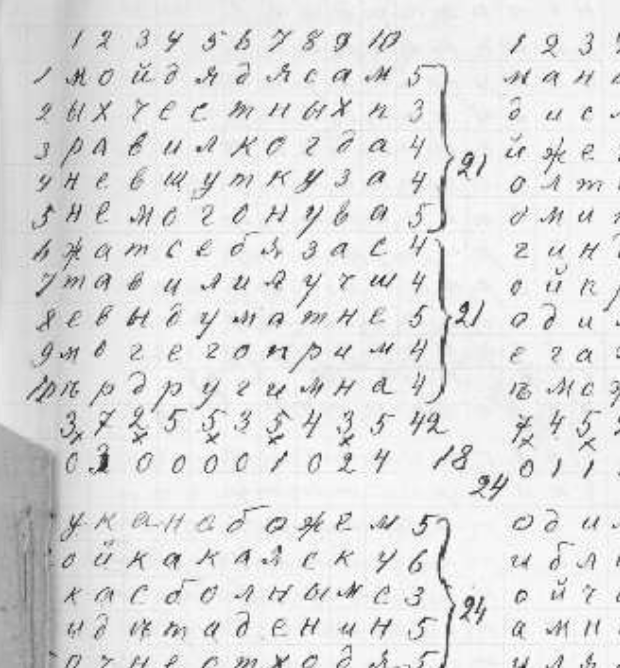I could go back to Markov himself, who in 1913 applied the concept of a Markov chain to sequences of vowels and consonants in Alexander Pushkin's poem Eugene Onegin. In good approximation, the probability of the appearance of a vowel was found to depend only on the letter immediately preceding it, with $p_{\text{vowel after consonant}}=0.663$ and $p_{\text{vowel after vowel}}=0.128$. These numbers turned out to be author-specific, suggesting a method to identify authors of unknown texts. (Here is a Mathematica implementation.) Brian Hayes wrote a fun article reviewing how "Probability and poetry were unlikely partners in the creation of a computational tool"

The first 100 cyrillic letters of 20,000 total letters compiled by Markov from the first one and a half chapters of Pushkin's poem. The numbers surrounding the block of letters were used to demonstrate that the appearance of vowels is a Markov chain. [source of figure]

